Highlights:
- Chat shows let us see stars up close.
- It’s not gossip, it’s small personal moments.
- Simi, Karan, and Kapil all changed the style.
- OTT and regional shows give more relaxed chats.
- Audiences keep watching because stars feel real.
So, Kajol and Twinkle Khanna’s show, Two Much, is already near its fourth episode. And people keep asking: why do we love watching stars sit on sofas so much? It’s not the gossip. Not really. We’re not paying for the gossip. We’re paying for the glimpse. For the little wobble in a voice, a tiny apology, a family story you recognise. It’s why Simi’s white sofa mattered once, why Karan’s sofa rattled the tabloids, and why Kapil’s stage made everyone feel at home. The chat show isn’t dead. It just keeps changing clothes.

Remember the woman in white?
Simi Garewal brought quiet and intimacy. Her Rendezvous with Simi Garewal was all white sets and soft lights, and it felt almost like a church for confessions. She never went full interrogation mode with her guests. Instead, she’d just slowly unravel them, almost like magic. Amitabh Bachchan and Rekha, they all sat on that legendary white sofa, dropping their guard and letting something real slip out, something you’d never stumble across anywhere else. The whole thing was gentle, personal, and almost revolutionary.
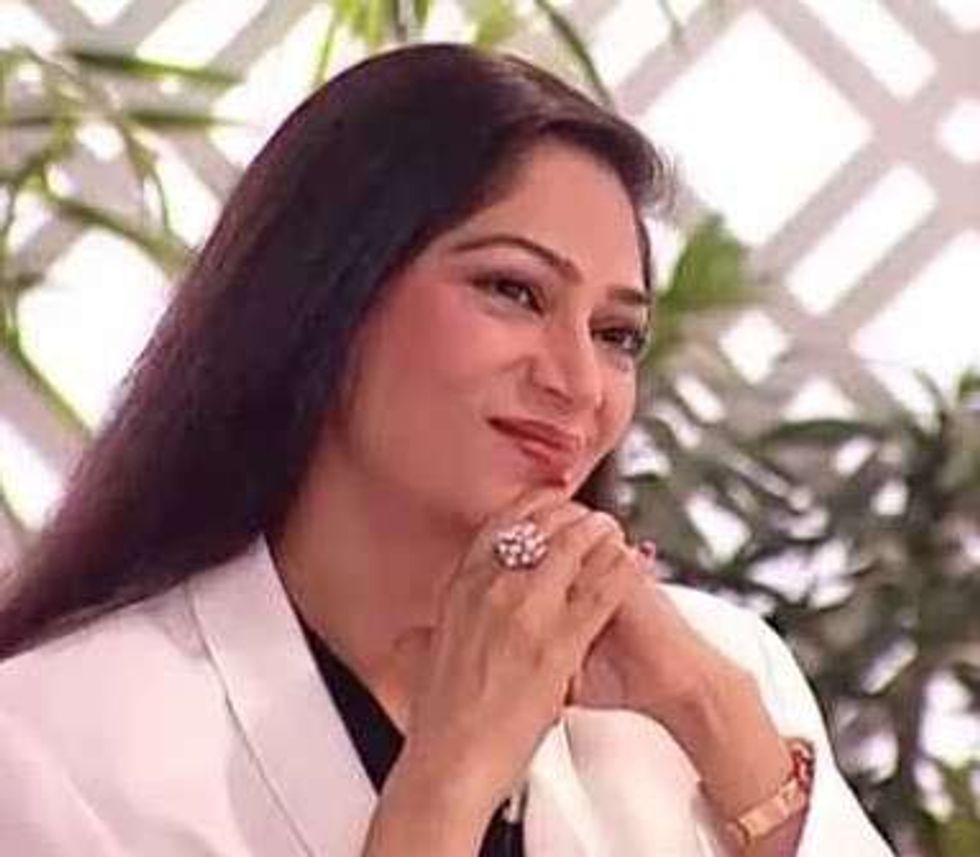
Then along came Karan Johar
Let’s be honest, Karan Johar changed the game completely. Koffee with Karan was the polar opposite. Where Simi was a whisper, Karan was a roar. His rapid-fire round was a headline machine. Suddenly, it stopped being about struggles or emotions but opinions, little rivalries, and that full-on, shiny Bollywood chaos. He almost spun the film industry into a full-blown high school drama, and honestly? We loved it up.
But what if you just wanted a laugh?
Kapil Sharma rewired the format again and took the chat show, threw it in a blender with a comedy sketch, and created a monster hit. His genius was in creating a world or what we call his crazy “Shantivan Society” and making the celebrities enter his universe. Suddenly, Shah Rukh Khan was being teased by a fictional, grumpy neighbour and Ranbir Kapoor was taunted by a fictional disappointed ex-girlfriend. Stars were suddenly part of the spectacle, all halos tossed aside. It was chaotic, yes, but delightfully so. The sort of chaos that still passed the family-TV test. For once, these impossibly glamorous faces felt like old friends lounging in your living room.
So, what’s new now with Two Much?
Kajol and Twinkle’s Amazon show Two Much feels like friends talking to people in their circle, and that matters. What’s wild is, these folks aren’t the stiff, traditional hosts, they’re insiders. The fun ones. The ones who know every secret because, let’s be honest, they were there when the drama started. On a platform like Amazon, they don’t have to play for TRPs or stick to a strict clock. They can just… talk.
Why are audiences still watching chat shows?
People want to peep behind the curtain. Even with Instagram and Reels, there’s value in a longer, live-feeling exchange. It’s maybe the nuance, like an awkward pause, a memory that makes a star human, or a silly joke that lands. OTT gives space for that. Celebs turned hosts, like Twinkle and Kajol in Two Much or peers like Rana Daggubati in Telugu with The Rana Daggubati Show, can ask differently; they make room for stories that feel earned, not engineered.
How have streaming and regional shows changed the game?
Streaming freed chat shows from TRP pressure and ad breaks. You get episodes that breathe. Even regional versions like The Rana Daggubati Show, or long-running local weekend programmes, prove this isn’t a Mumbai-only appetite. Viewers want local language and local memories, the same star-curiosity in Kannada, Telugu, or Tamil. That widens the talent pool and the tone.
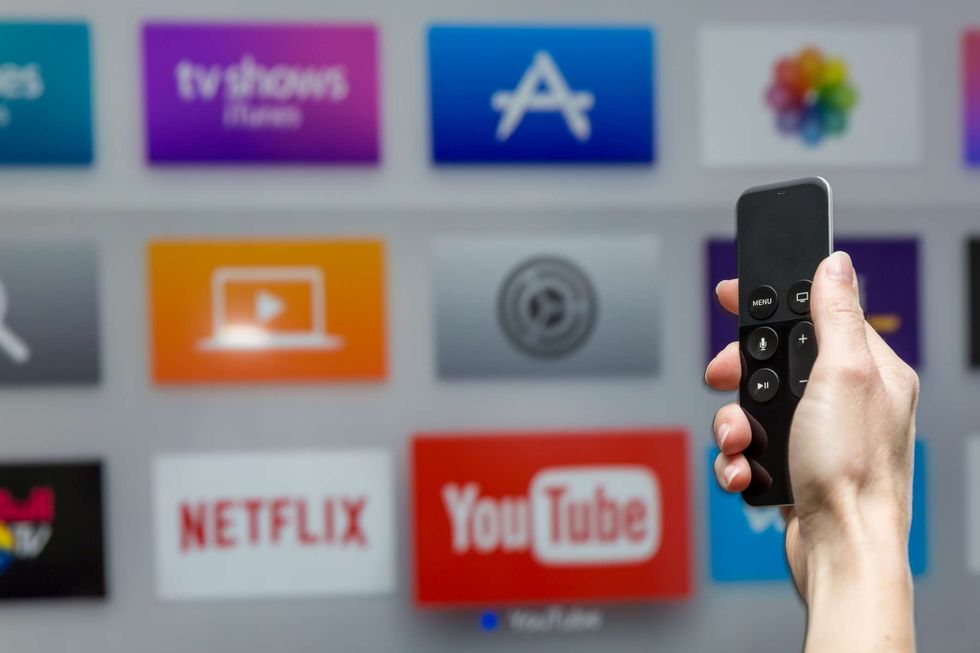
Are shock moments over?
Not really. But people are getting sick of obvious bait. Recent launches lean into warmth and inside jokes rather than feeding headlines. White set, gold couch, or a stage full of noise, it doesn’t matter. You just want to sit there, listen, get pulled into their stories, like a campfire you can’t leave. We watch, just curious, hoping maybe these stars are a little like us. Or maybe we’re hoping we can borrow a bit of their sparkle.
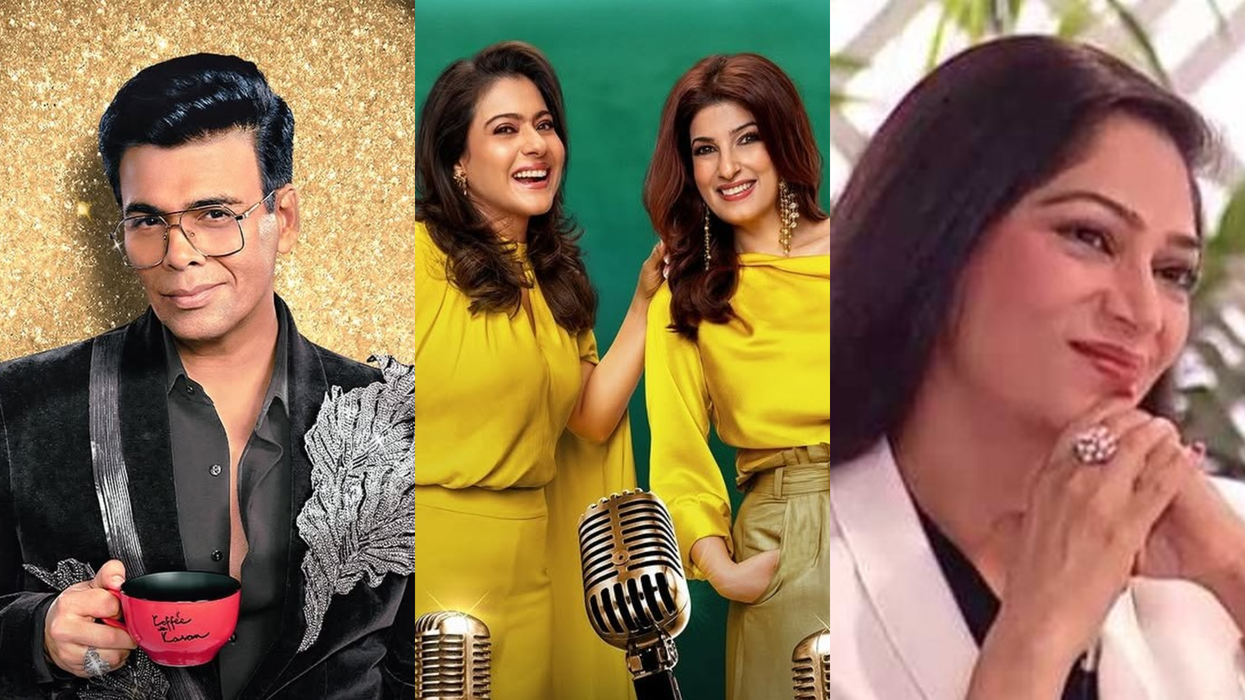

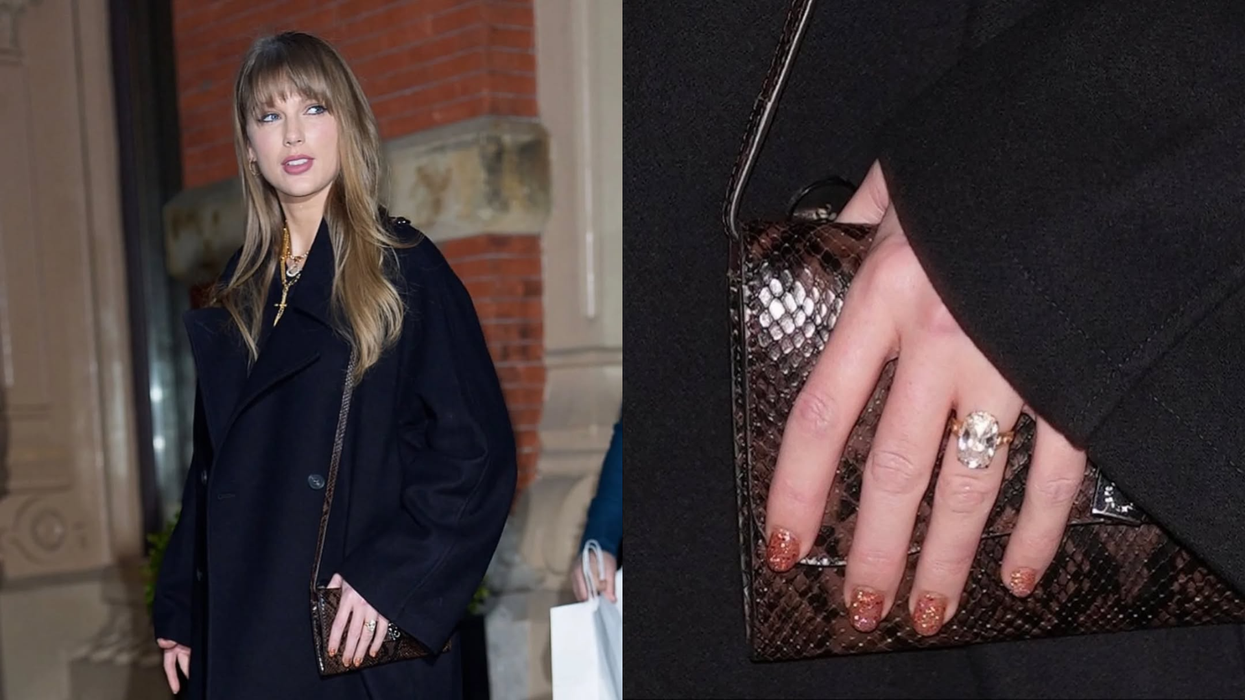
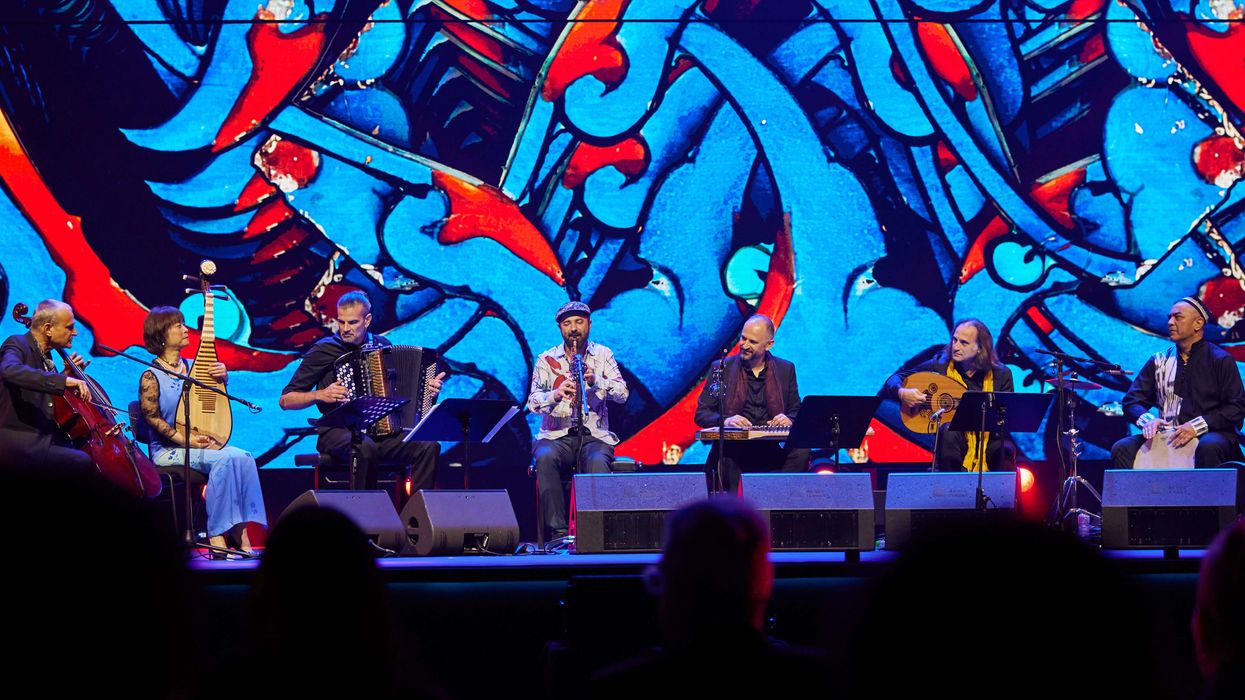
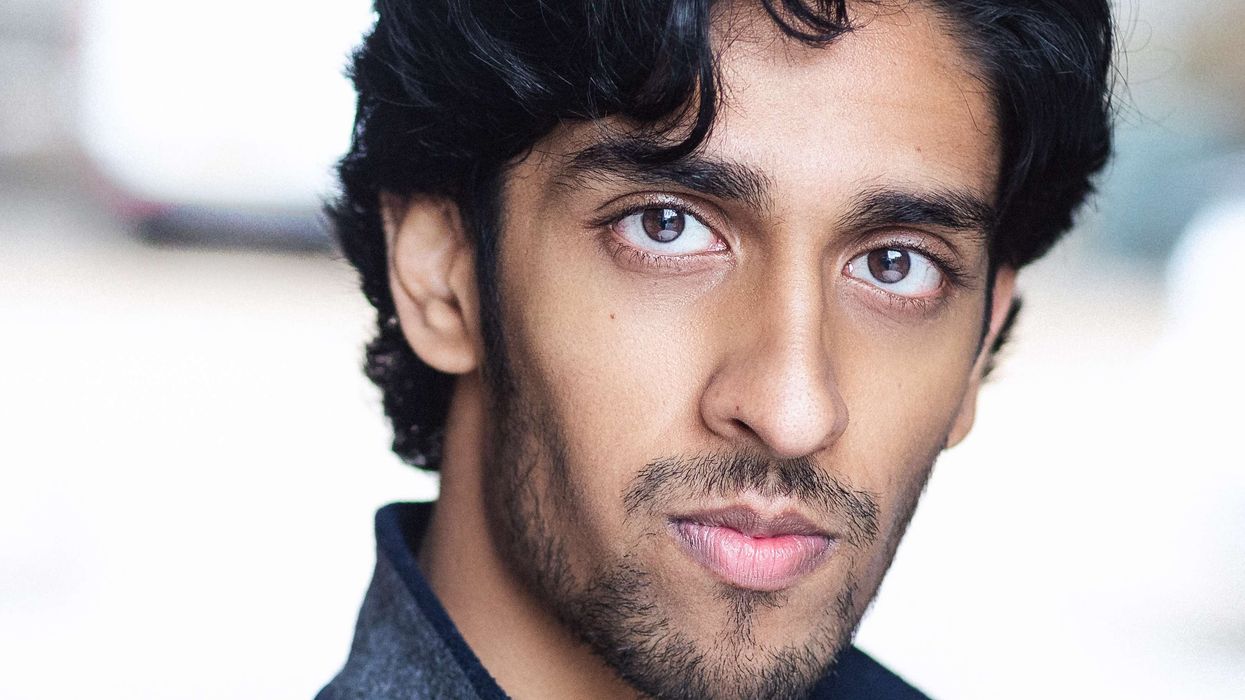
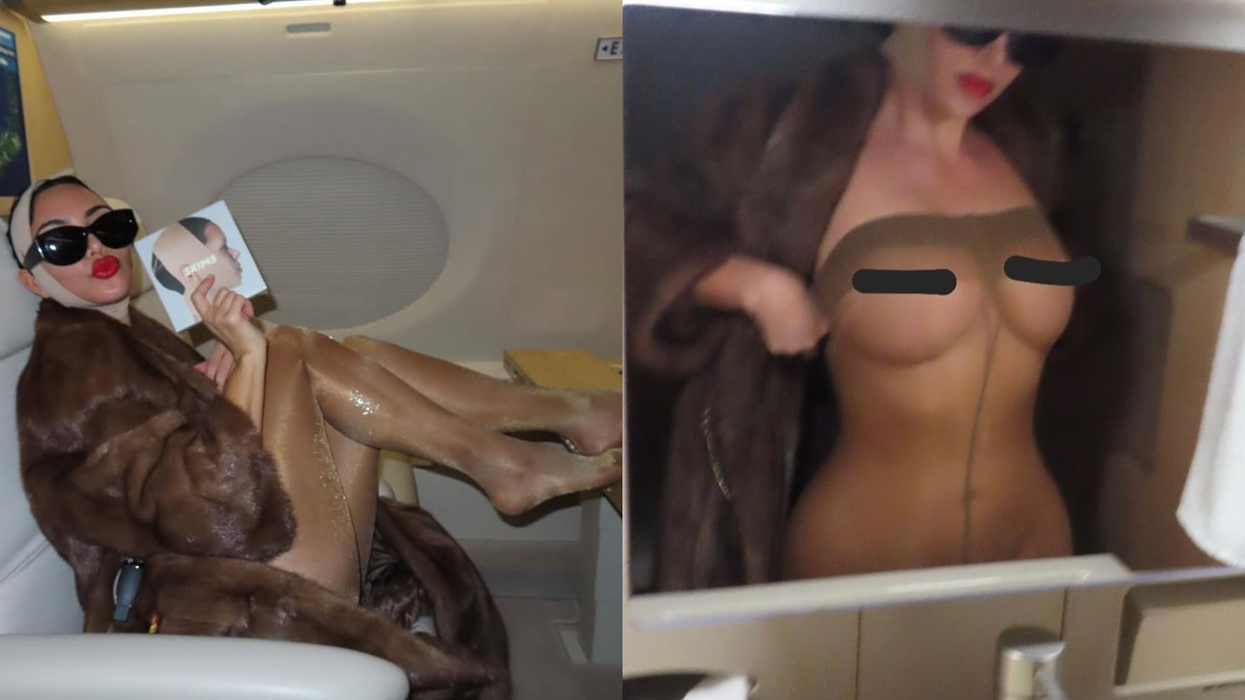
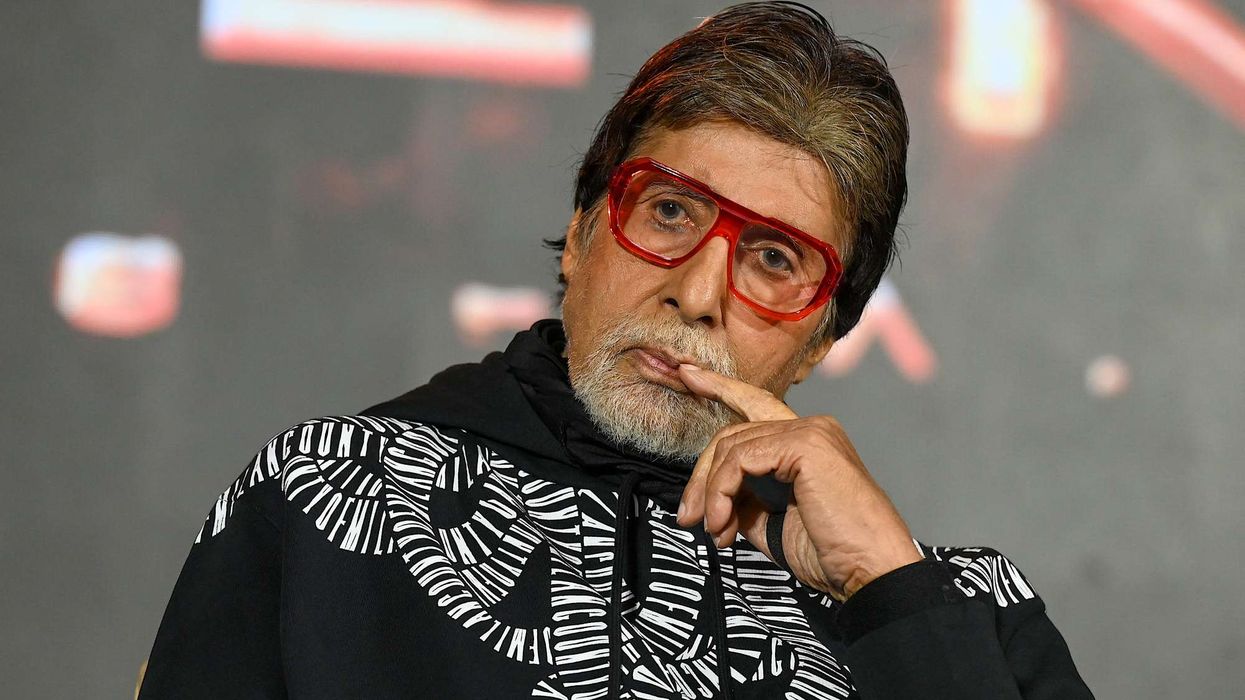
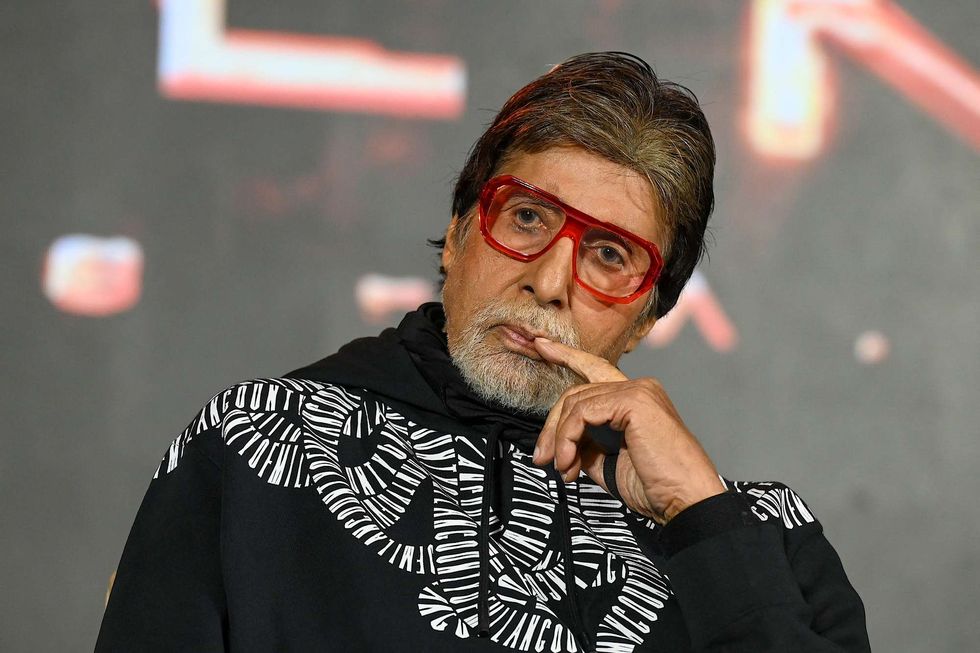 Amitabh Bachchan narrates powerful 26/11 tribute at Global Peace Honours Getty Images
Amitabh Bachchan narrates powerful 26/11 tribute at Global Peace Honours Getty Images 






